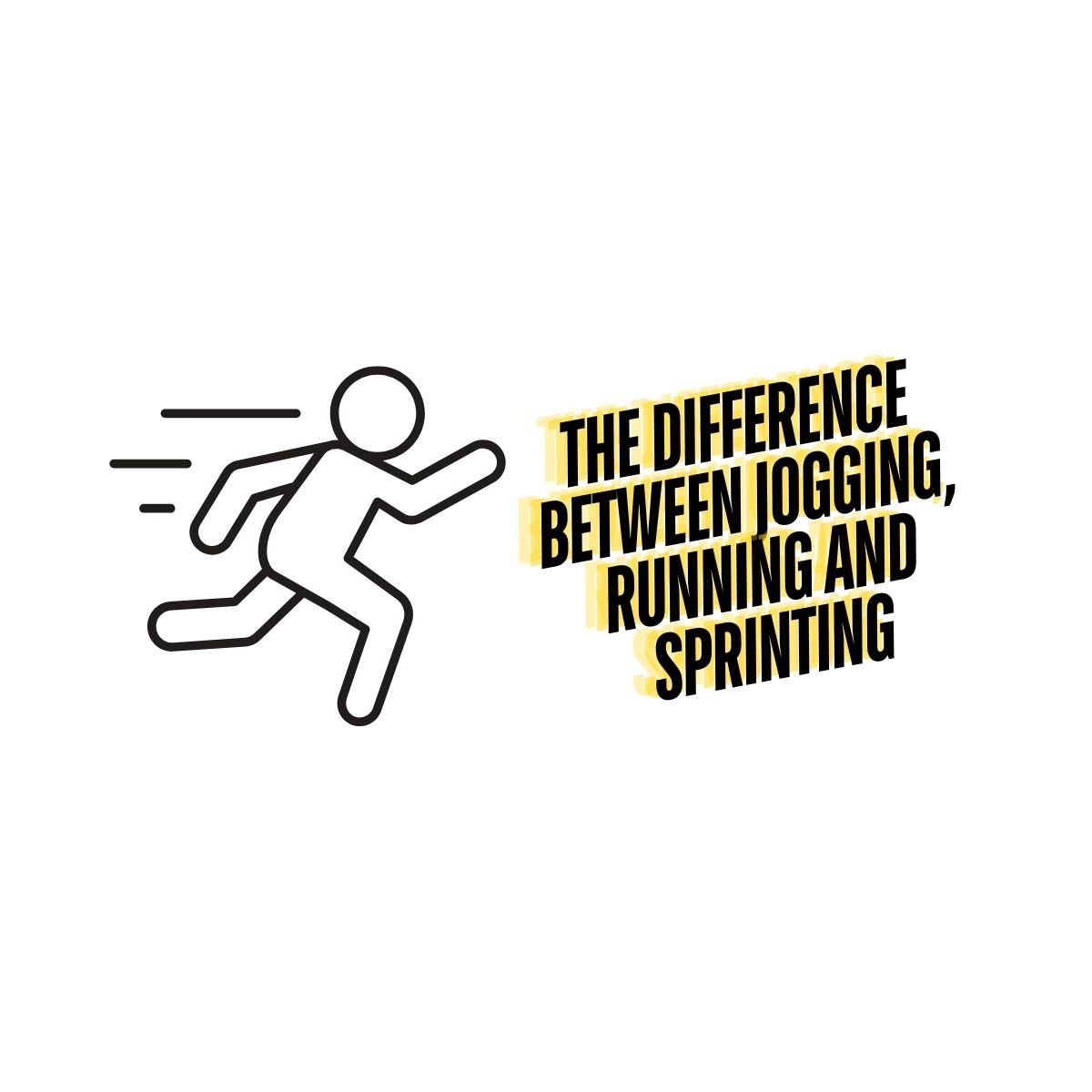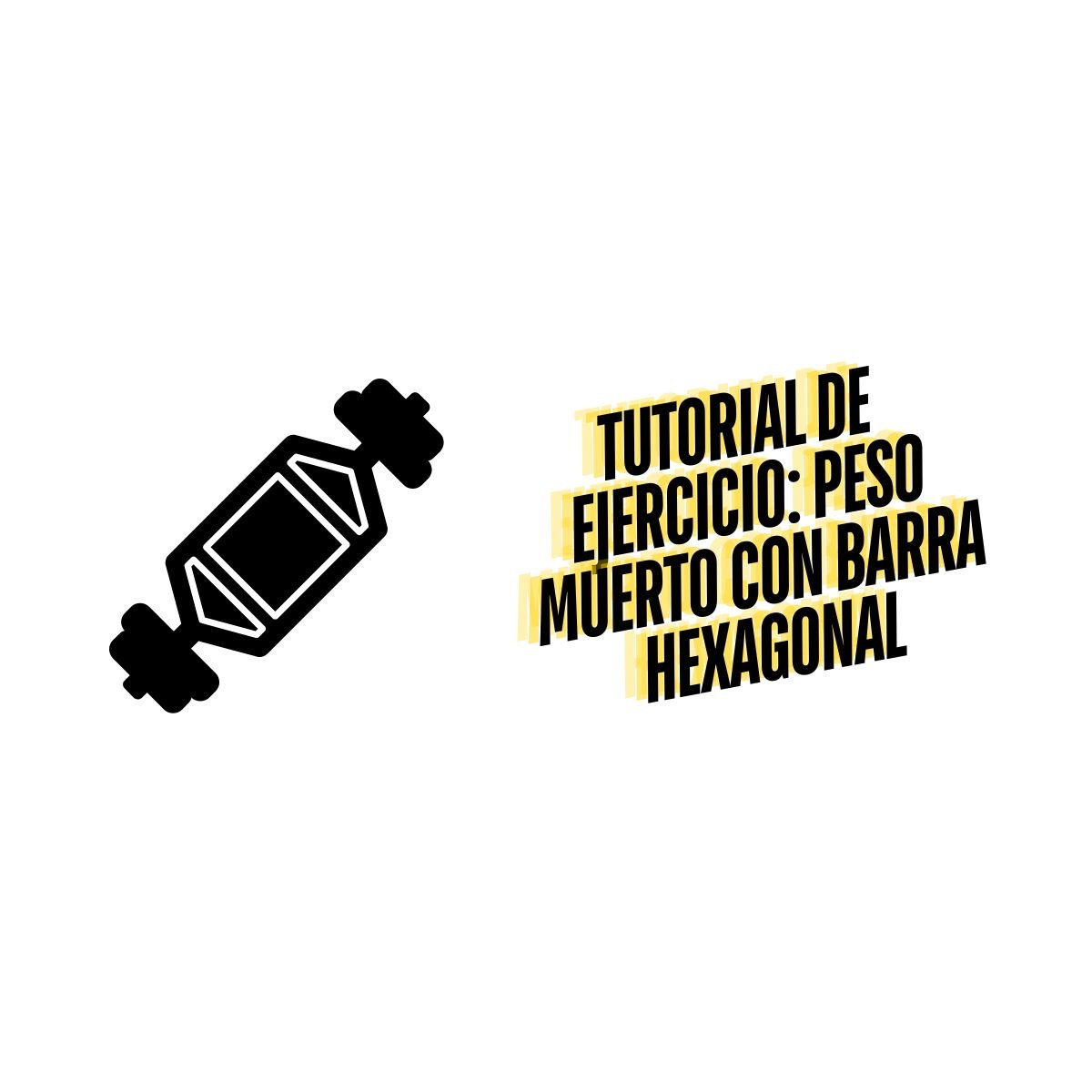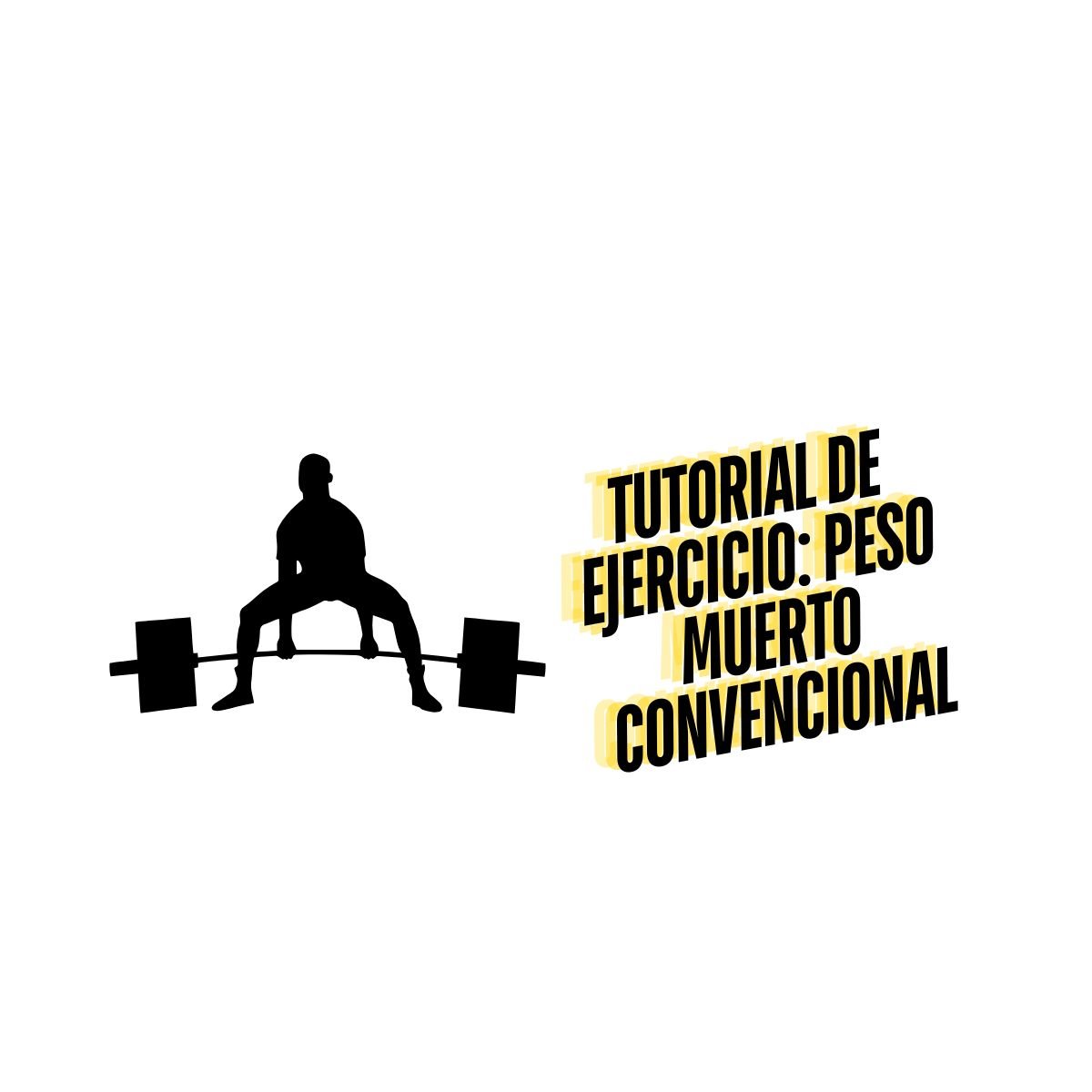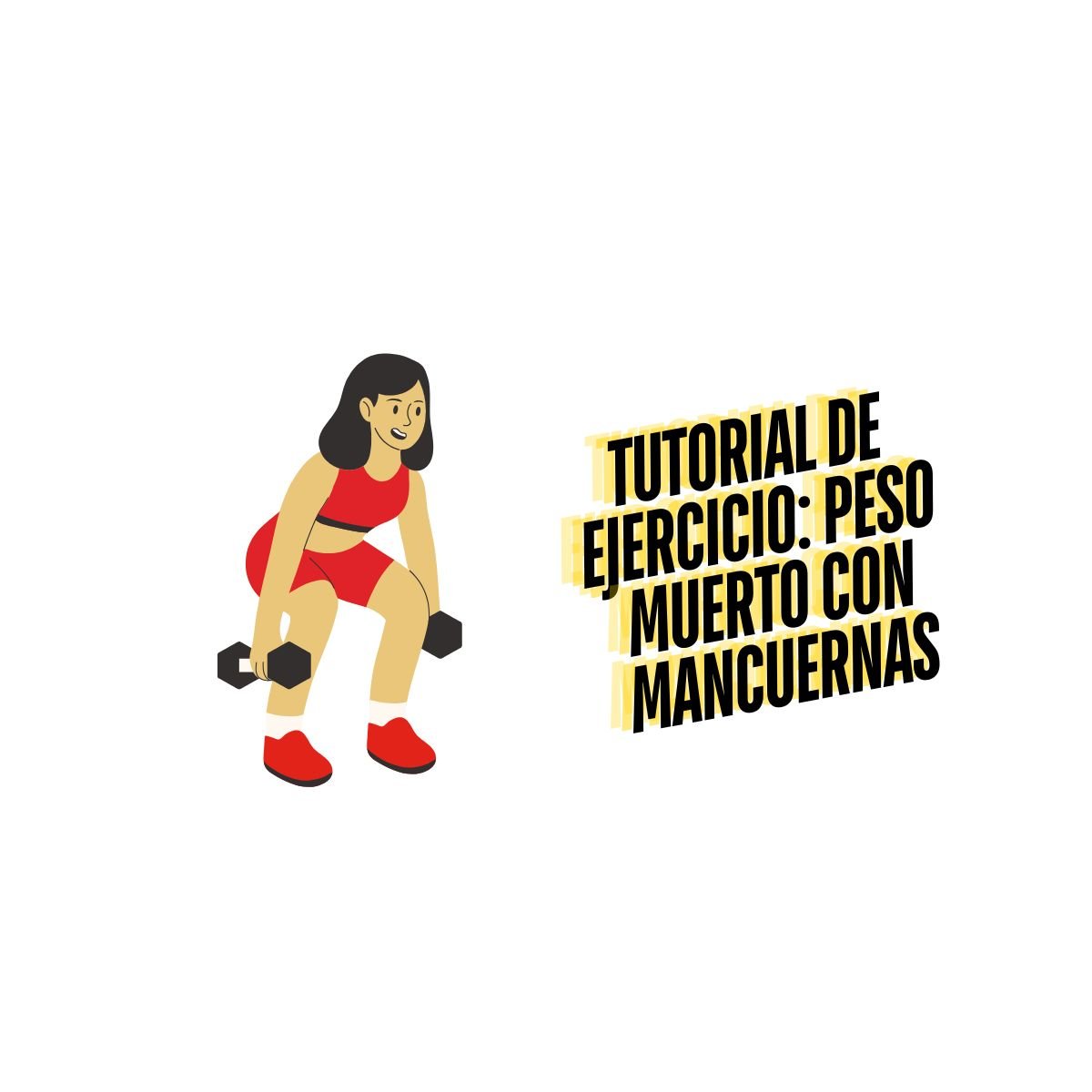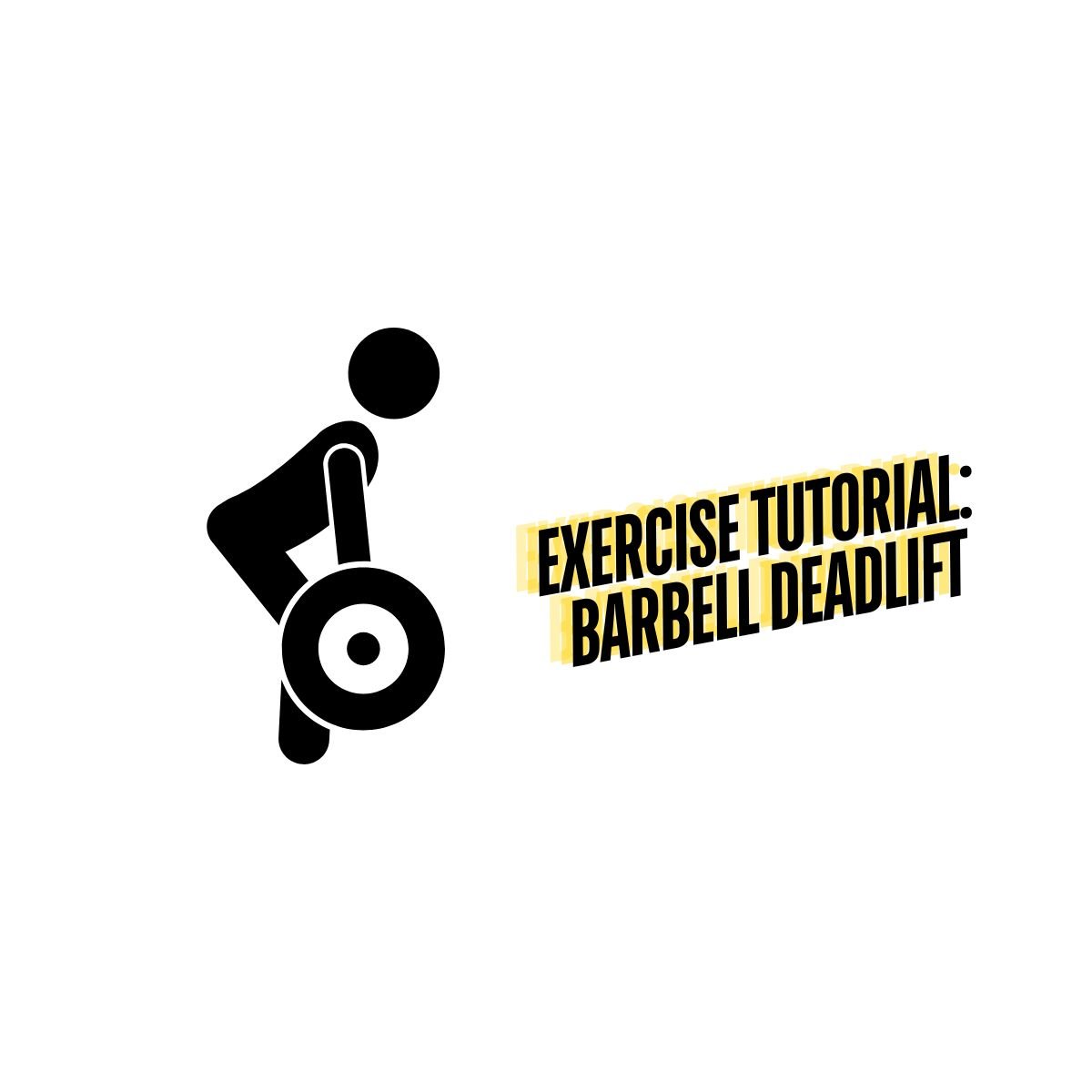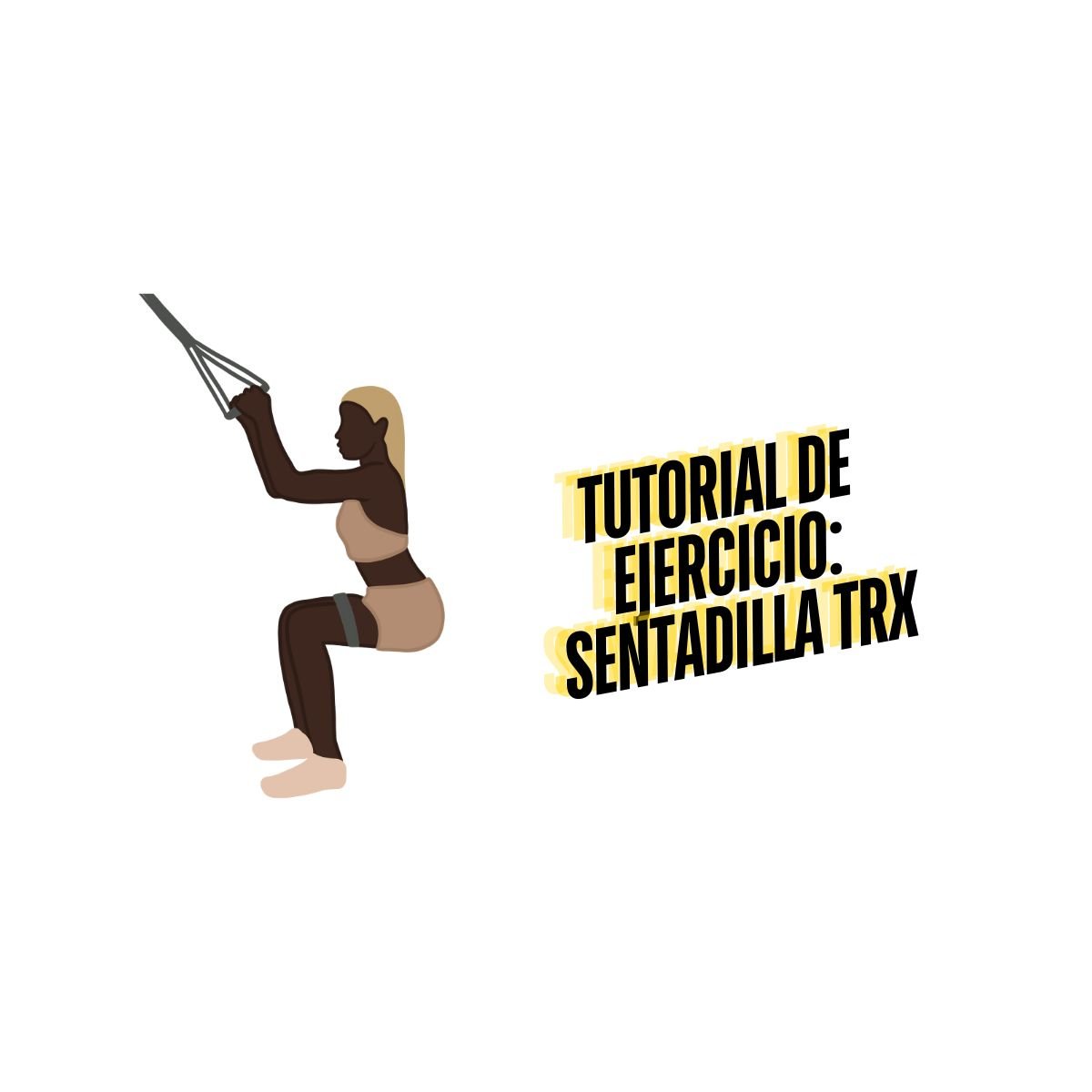Muscle Breakdown: Pronator Quadratus
Table of Contents
What Is the Pronator Quadratus Muscle
The Pronator Quadratus is a small yet mighty muscle that helps us to perform many functions in everyday life! For instance, when we turn our wrists down to type or write, it is the Pronator Quadratus that is being activated. We can remember the shape of the Pronator Quadratus muscle because of a helpful hint right in its name, the Pronator Quadratus is a quadrilateral muscle and is thin and flat.
Where Is the Pronator Quadratus
The Pronator Quadratus belongs to the deep group of forearm flexors. This muscle is located in the anterior forearm, just above the wrist where you can see your arteries and veins. Since the Pronator Quadratus is a deep muscle, this means that there are other muscles in the forearm that lie on top of it.
These muscles can be referred to as the superficial forearm flexors, which consist of the Pronator Teres, Flexor Carpi Radialis, Flexor Carpi Ulnaris, Palmaris Longus and Flexor Digitorum Superficialis.
Pronator Quadratus Origin
The Pronator Quadratus originates from the distal anterior surface of the Ulna.
Pronator Quadratus Insertion
The Pronator Quadratus inserts into the distal anterior surface of the Radius.
Pronator Quadratus Innervation
The Anterior Interosseous Nerve provides innervation to the Pronator Quadratus.
Pronator Quadratus Nerve
The Anterior Interosseous Nerve innervates the Pronator Quadratus. The Anterior Interosseous Nerve is a branch of the Median Nerve.
Pronator Quadratus Function
The primary function of the Pronator Quadratus is to produce pronation of the forearm. Pronation occurs when the palm is turned downwards to face the floor. A secondary function of the Pronator Quadratus is to bind the Ulna and the Radius together, especially during weight bearing activities. This provides protection to the distal radioulnar joint.
Pronator Quadratus Action
There are many actions that require pronation! Some of these movements include,
Throwing a ball
Shooting a basketball
Turning a screwdriver
Painting
Turning a key
Eating
Pronator Quadratus Injury
There are many ways to injure the Pronator Quadratus. In fact, it can be as simple as lifting a heavy bag when the arm is too far away from the body. Most injuries to the Pronator Quadratus are a result of overextending the muscle. Treatment of Pronator Quadratus injuries is generally conservative, consisting of the use of a wrist splint, ice, rest and anti-inflammatory.
Pronator Quadratus Pain
The Pronator Quadratus has a few referred pain patterns. This means that pain can manifest itself in other areas of the forearm than where the muscle is located. It has been found that Pronator Quadratus pain can spread down the medial forearm up to the medial epicondyle and down to the fifth digit of the hand. In some cases, the pain can spread to the third and fourth digits.
Pronator Quadratus Exercises
To increase strength in the Pronator Quadratus, begin in a seated position where your forearm is supported. Hold a weighted object in the active hand such as a dumbbell or hammer. Slowly begin to move the wrist through supination and pronation. This will help to strengthen the muscles that are involved in both pronation and supination. Remember to go through this movement slowly!
Pronator Quadratus Stretch
We can stretch the Pronator Quadratus by resting the forearm on a table. Your palm will be facing upwards. Using your free hand to grasp the thumb from below and slowly rotate the wrist outwards until you can feel tension. Hold for 5-10 seconds and repeat.





